5 min read
AI Job Disruption ("Stop Hiring Humans" Campaign)
Remember when we were told AI would only eliminate the most boring, repetitive jobs? That humans would be "freed up" to do more creative,...
3 min read
 Writing Team
:
Jun 9, 2025 2:49:53 PM
Writing Team
:
Jun 9, 2025 2:49:53 PM
-Jun-09-2025-06-47-15-9891-PM.png)
Every industry is about to split into three categories, and only two of them survive. Marketing agencies, law firms, retailers, SaaS companies, manufacturers – doesn't matter what you do. The artificial intelligence revolution is forcing every business into one of three buckets: AI Native, AI Emergent, or Obsolete.
We're not talking about some distant future scenario. This transformation is happening right now, and the companies that figure it out first will dominate their industries while the rest become footnotes in business history.
The data tells the story better than any prediction. Global AI adoption in business increased from 20% in 2017 to 72% in 2024, according to McKinsey's latest research. Meanwhile, companies using AI report 15% average revenue increases, while those that don't are falling behind at an accelerating pace.
The competitive advantages aren't marginal anymore – they're existential. AI-powered companies operate with fundamentally different cost structures, decision-making speeds, and customer experience capabilities than their traditional competitors.
Consider the marketing agency example. Agency A implements AI across analytics, copywriting, paid media management, and creative production. Result: same quality output in 20% less time, which compounds into massive competitive advantages over just a few years. Agency B sticks to traditional billable hour models and wonders why clients are leaving for competitors who deliver better results faster.
This isn't theoretical. We're watching it happen across industries right now. The question isn't whether AI will reshape your sector – it's whether you'll be among the winners or casualties.
AI Native companies exist because AI makes them possible. They're not retrofitting old business models with new technology – they're building entirely new approaches that couldn't exist without machine learning, language models, and predictive analytics.
These companies think differently about everything. They prioritize data collection from the beginning, design operations around algorithmic decision-making, and build products that get smarter with usage rather than just bigger with scale.
Look at recent unicorn valuations in Y Combinator's portfolio. The pattern is clear: companies building AI-first solutions are achieving faster growth and higher valuations than traditional startups. They're more capital efficient, scale faster, and create defensible moats through data network effects.
The opportunity here connects directly to what we've discussed about concept clusters for SEO – AI Native companies don't just optimize for current search patterns, they build systems that adapt to evolving user behavior and search algorithms automatically.
AI Emergent companies represent the most interesting battle happening in business right now. These are established organizations racing to transform themselves before AI Native competitors eat their lunch.
Netflix provides the perfect case study. They didn't start as an AI company – they began with DVD-by-mail in the 1990s. But they recognized streaming wasn't enough; they needed AI-powered personalization, content creation algorithms, and predictive analytics to compete. Today, Netflix's recommendation engine drives 80% of viewer engagement, making it nearly impossible for traditional media companies to compete on user experience.
The key differentiator for AI Emergent companies is speed and commitment. They need to move fast enough to transform before AI Native competitors capture their market share, while having deep enough pockets to acquire promising AI startups before they become threats.
Adobe exemplifies this approach. They've hired 300+ AI/ML employees according to LinkedIn data, and integrated AI across their entire Creative Suite. Rather than being disrupted by AI-powered design tools, they're leading the transformation of creative software.
Obsolete companies share a common characteristic: they treat AI as optional rather than essential. Their leaders dismiss it as hype, their teams lack AI literacy, and their strategies ignore the fundamental shifts happening in their industries.
These companies often have reasonable short-term performance. They're not dying overnight. But they're building tomorrow's competitive disadvantages through today's inaction.
The warning signs are predictable: customer acquisition costs increase while AI-powered competitors' costs decrease, employee productivity stagnates while competitors automate routine tasks, and decision-making becomes slower as data complexity grows beyond human analytical capabilities.
We've seen this pattern before with digital transformation, mobile-first strategies, and cloud adoption. The companies that moved early gained insurmountable advantages while late movers struggled to catch up. AI follows the same pattern, but the timeline is compressed and the stakes are higher.
The path forward requires honest assessment and decisive action. Start by auditing every business process for AI opportunities: customer service automation, predictive analytics for sales forecasting, content generation, inventory optimization, and personalization engines.
Next, evaluate your data infrastructure. AI advantages compound with data quality and quantity. Companies with robust data collection and processing capabilities can implement AI solutions faster and more effectively than those starting from scratch.
Finally, assess your talent pipeline. The demand for AI skills increased 3.5x from 2019 to 2024, creating a competitive talent market. Companies that don't invest in AI literacy across their organizations will struggle to attract and retain top performers.
This isn't about replacing human creativity or eliminating jobs – it's about augmenting human capabilities to create competitive advantages that would be impossible otherwise. The most successful implementations combine AI efficiency with human insight, not replace one with the other.
The window for transformation remains open, but it's narrowing rapidly. Every quarter that passes gives AI Native and AI Emergent companies more time to build defensive moats and capture market share.
Your business will be AI Native, AI Emergent, or Obsolete. Ready to ensure it's not the latter? Our team at Hire a Writer helps companies transform their content strategies with AI-powered approaches that drive real business results. Let's build your competitive advantage together.

5 min read
Remember when we were told AI would only eliminate the most boring, repetitive jobs? That humans would be "freed up" to do more creative,...
.png)
Communication technology evolves rapidly. In fact, in the time that it took to write this article, some form of communication technology definitely ...
-2.png)
Amazon has recently unveiled Amazon Q, its AI-powered assistant designed to supercharge productivity for internal teams. This launch marks a...